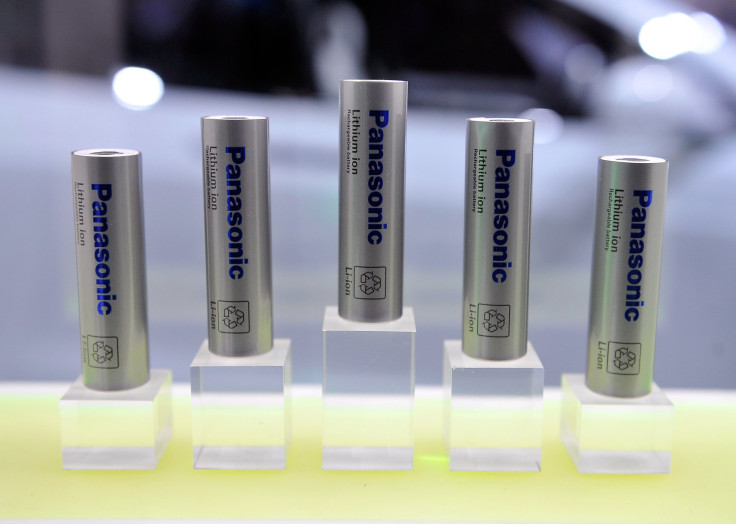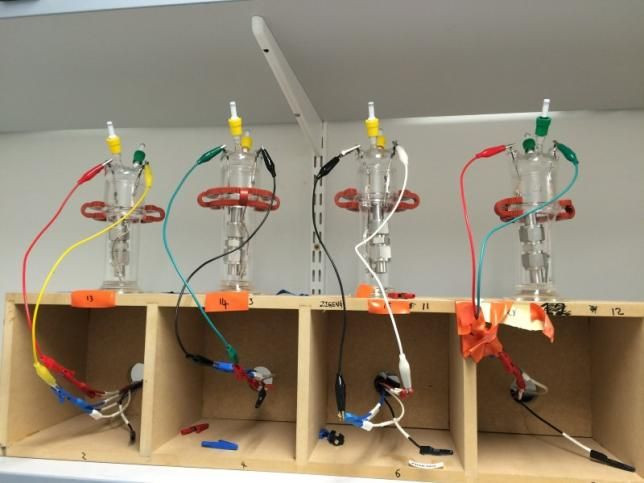Lithium Air Battery Breakthrough Could Lead To Replacement Of Lithium Ion Batteries

Lithium ion batteries have been around for nearly a quarter-century, finding their way from laptops to electric cars. But British scientists say the popular energy storage device could be obsolete by the end of the next decade, replaced by a different recipe involving oxygen.
Researchers at the University of Cambridge announced they’ve created a battery prototype that overcomes some of the challenges to making the technology commercially viable, including size and amount of energy lithium oxygen (also known as lithium air) batteries can discharge. The new battery has the potential to store up to 10 times the amount of energy held in heavier lithium ion cells of comparable size, the inventors say.
The implications are enough to make any tech aficionado cheer. Mobile phones could be charged once a week instead of every few hours, and electric cars could finally travel distances similar to gasoline-burning cars without the annoyance of frequent half-hour recharges. The concept battery – still easily a decade away from a market-ready prototype – would be a fifth of the weight and cost of current lithium ion batteries.
“What we’ve achieved is a significant advance for this technology and suggests whole new areas for research – we haven’t solved all the problems inherent to this chemistry, but our results do show routes forward towards a practical device,” Professor Clare Grey of Cambridge’s Department of Chemistry said in the announcement of her team’s findings. The results were published in the Oct. 30 edition of the journal Science.

The battery prototype relies on graphene, a lattice of carbon atoms that has the potential to radically change the way objects are made if the cost of making it can be cut. The team used a different chemistry from previous lithium oxygen studies and found it to be more efficient.
The oxygen-based energy storage has the potential -- albeit possibly 20 years down the road -- to sideline the lithium ion batteries used in everyday gadgets. Lithium ion batteries have a high power-to-weight ratio and have become the standard for electric cars. Japanese electronics company Panasonic has been the largest manufacturer of lithium ion batteries for years and is the primary supplier to Tesla Motors, which uses thousands of Panasonic 18650 battery cells in each of its car battery packs.
Last week, Tesla signed a deal to buy similar batteries from LG Chem, the Korean technology company that is among the largest suppliers of energy storage for electric and hybrid-electric vehicles. Japan’s Automotive Energy Supply Corporation produced the lithium ion packs for the Nissan Leaf, the world’s bestselling electric car.
© Copyright IBTimes 2024. All rights reserved.





















